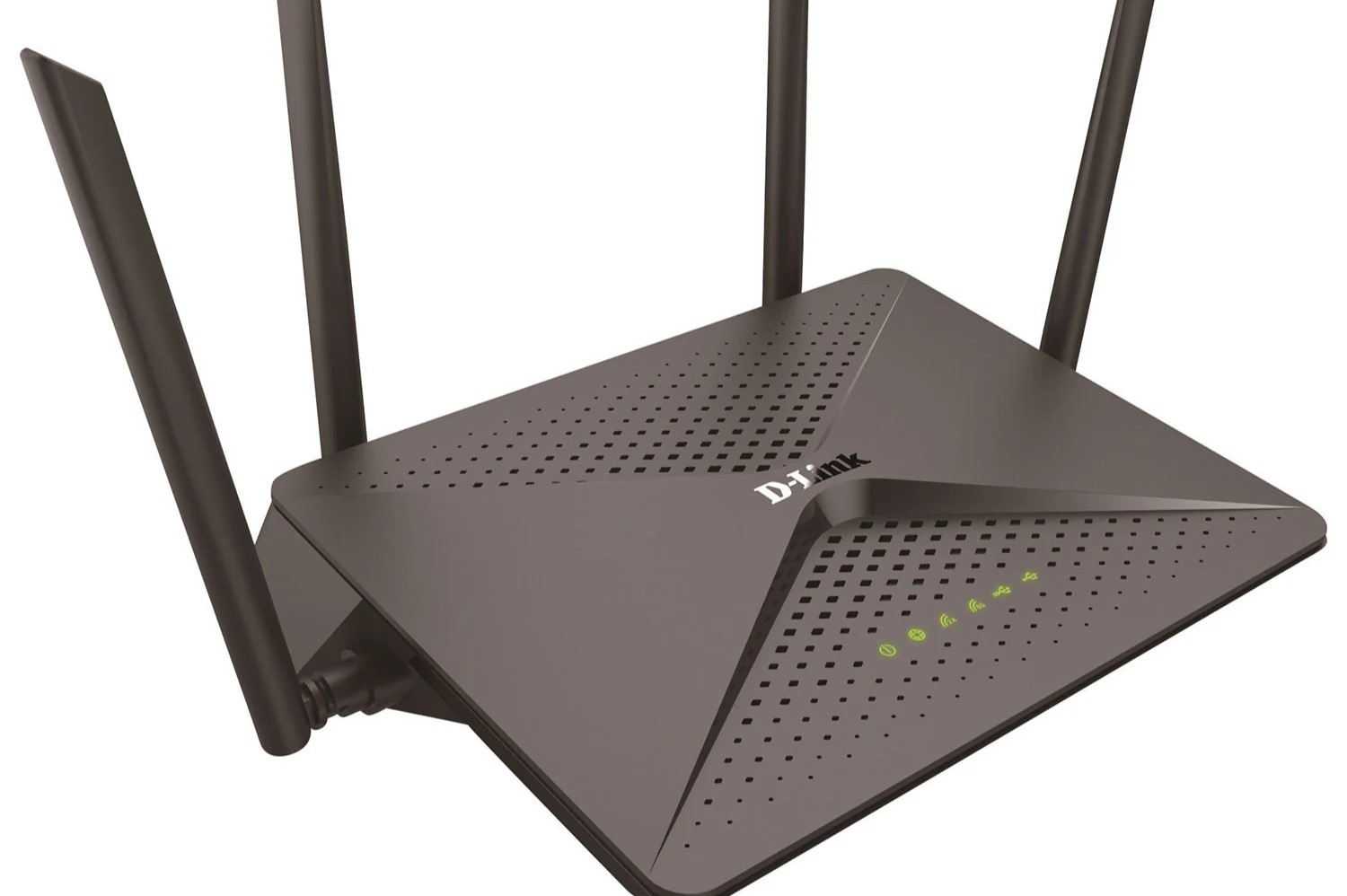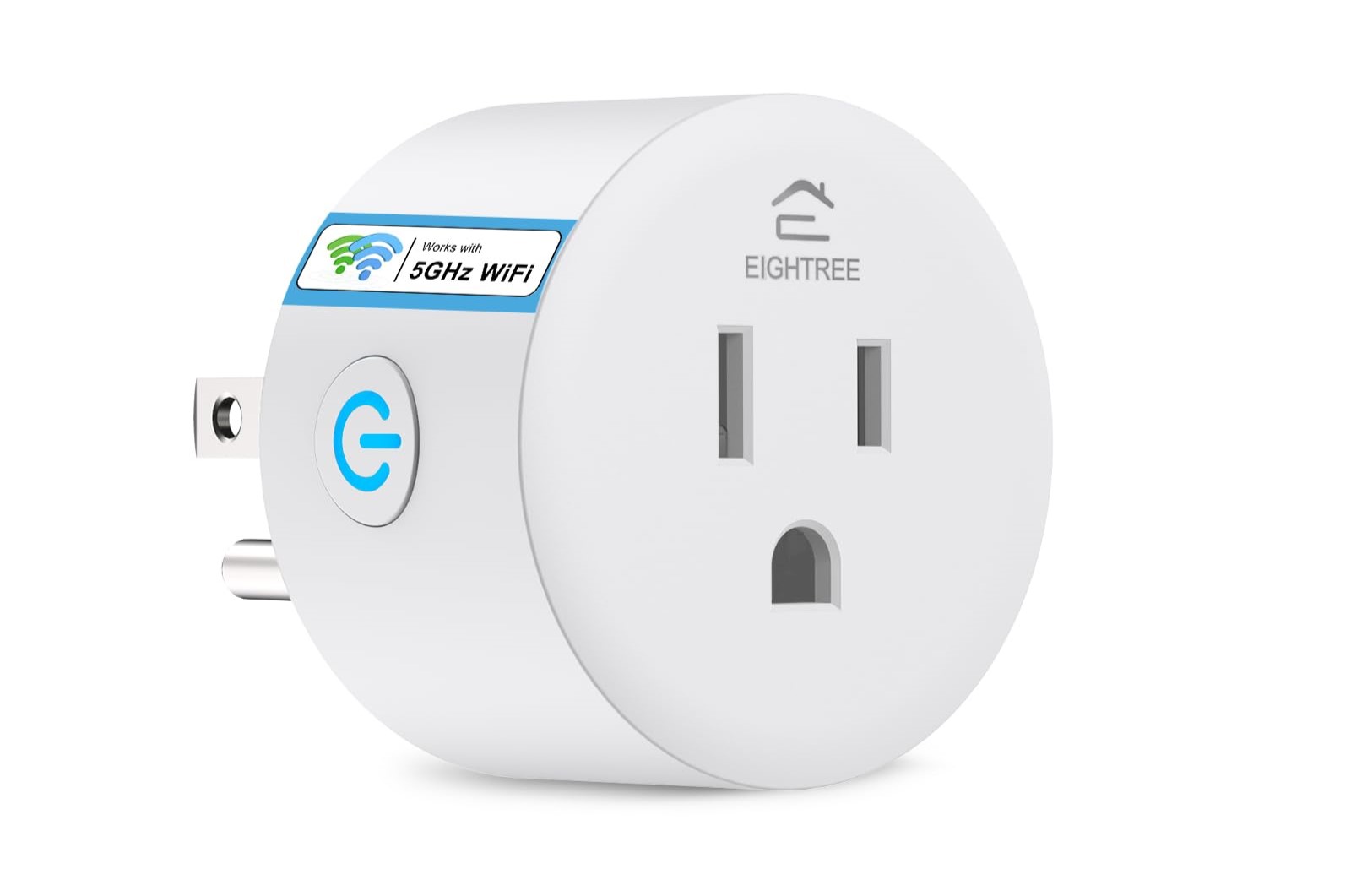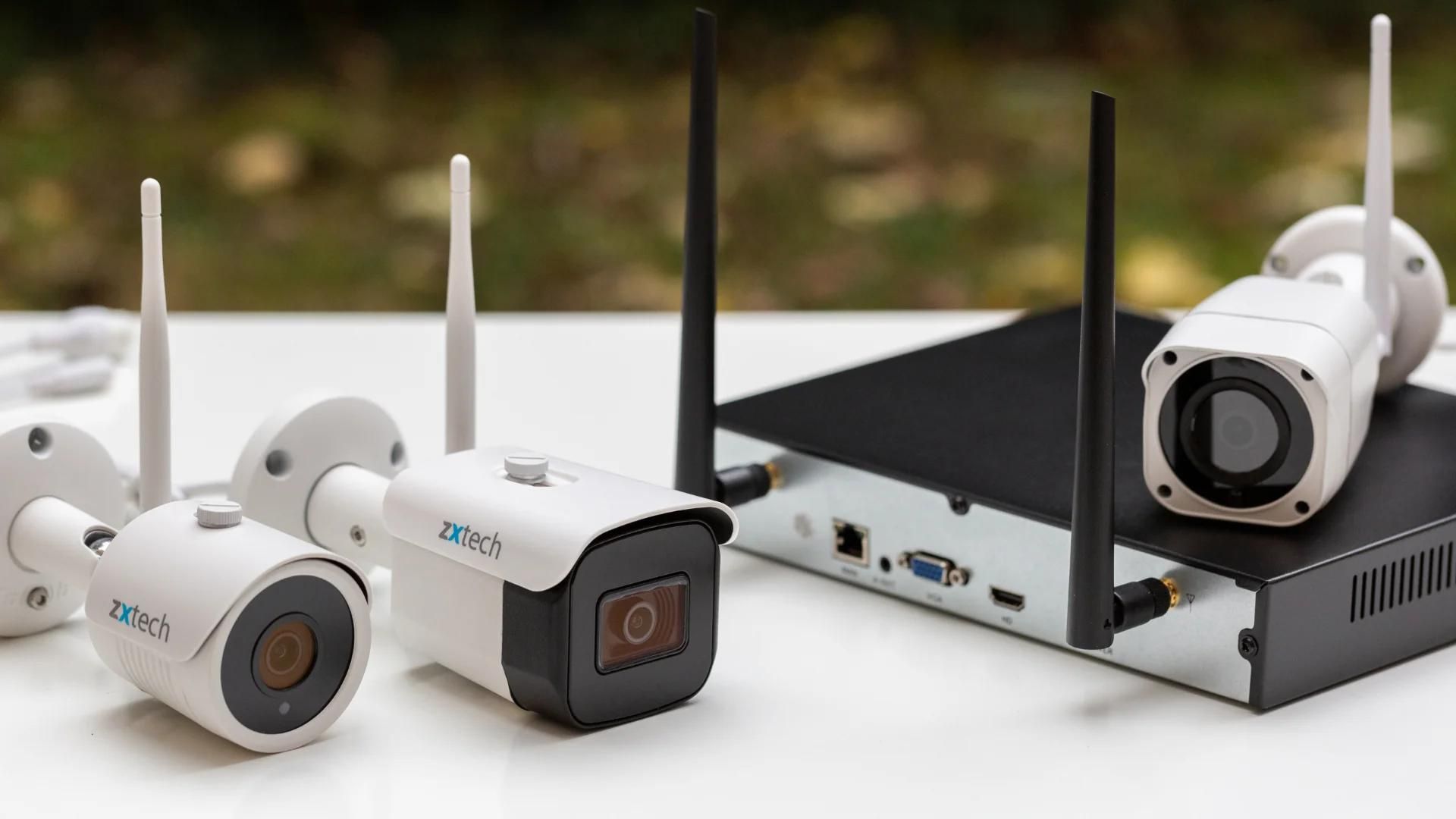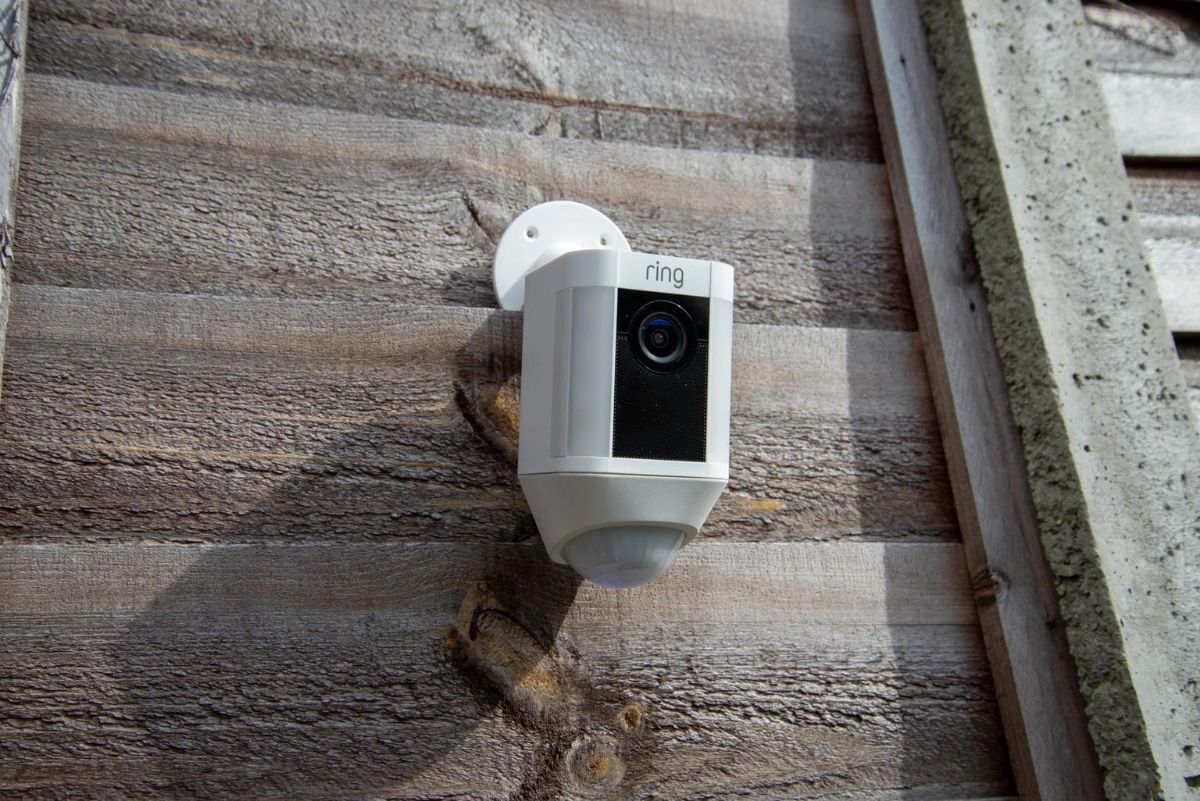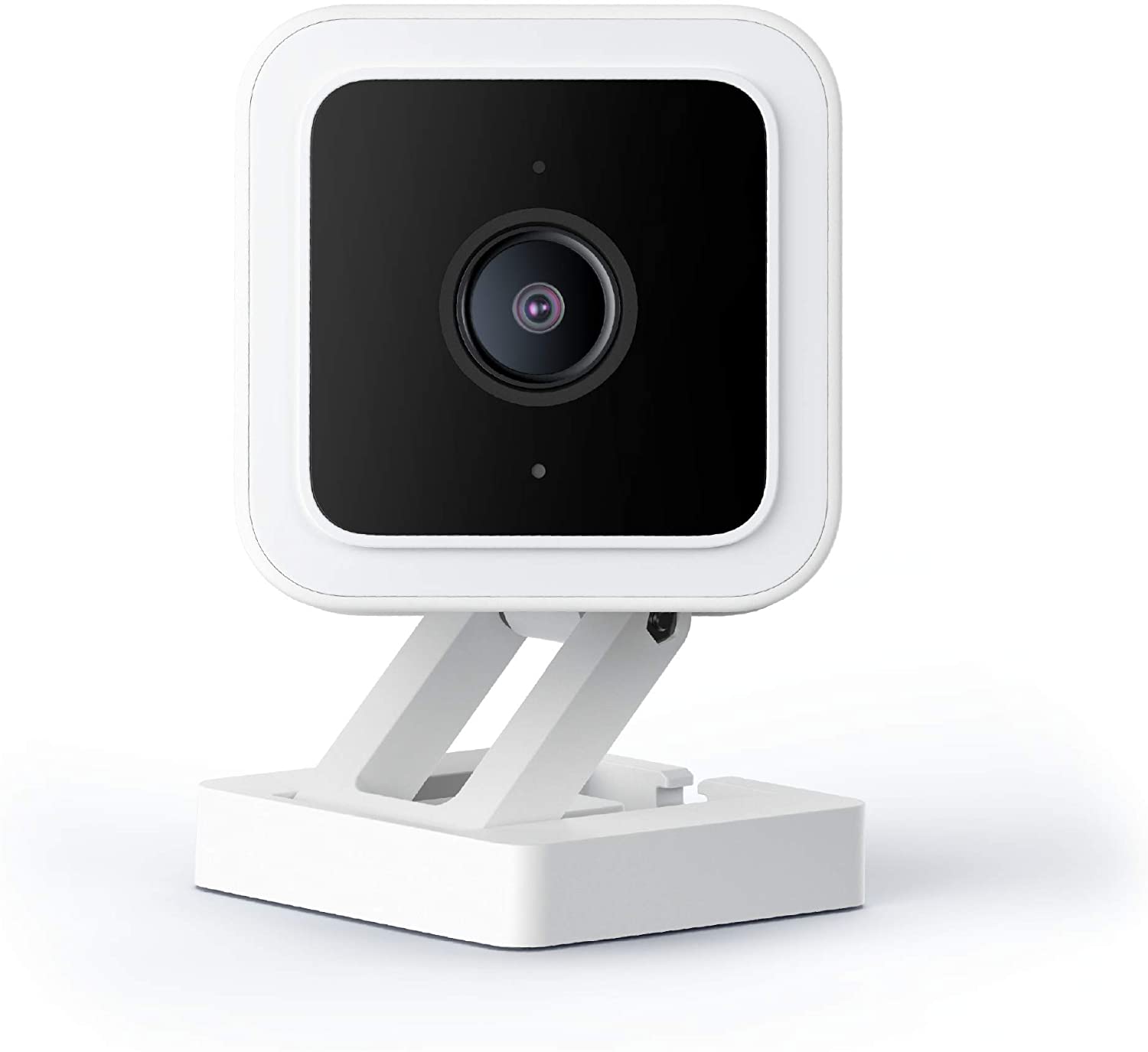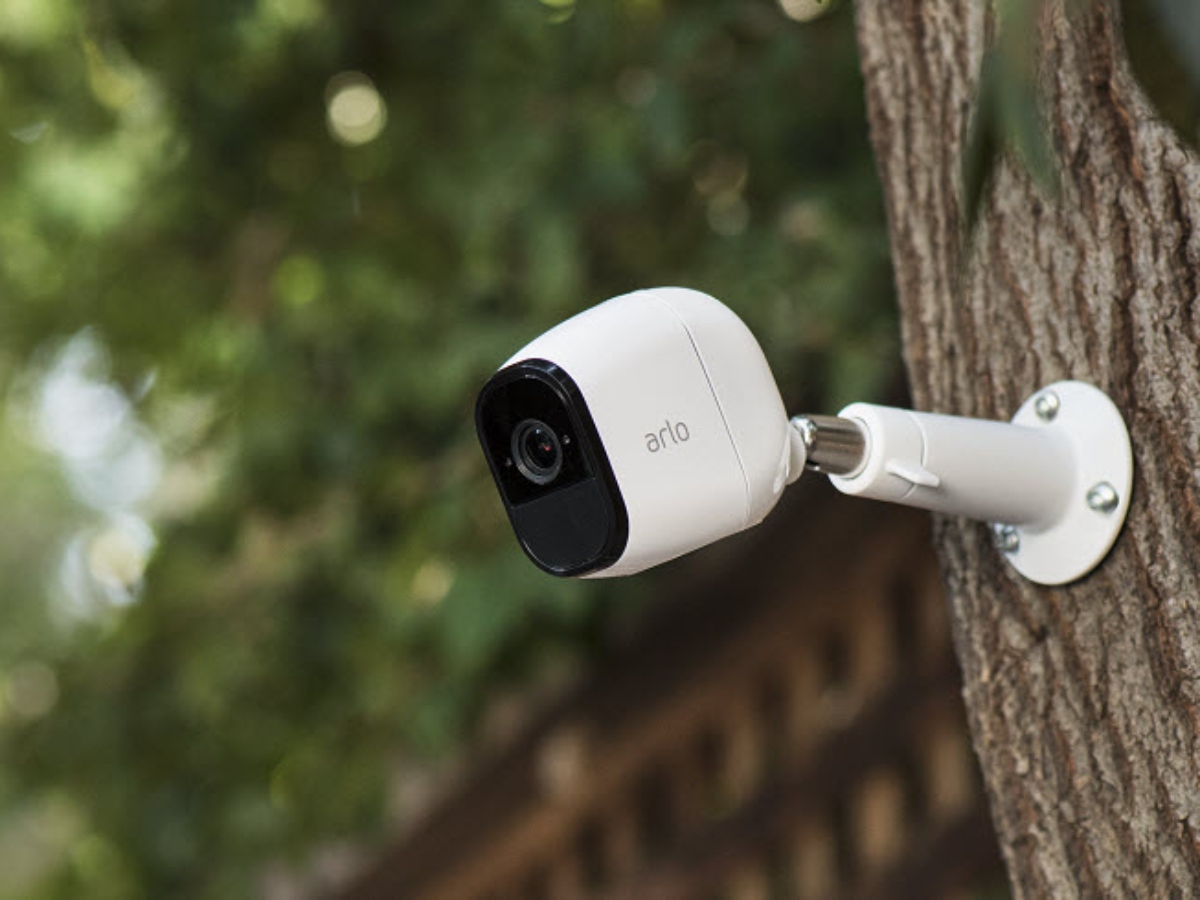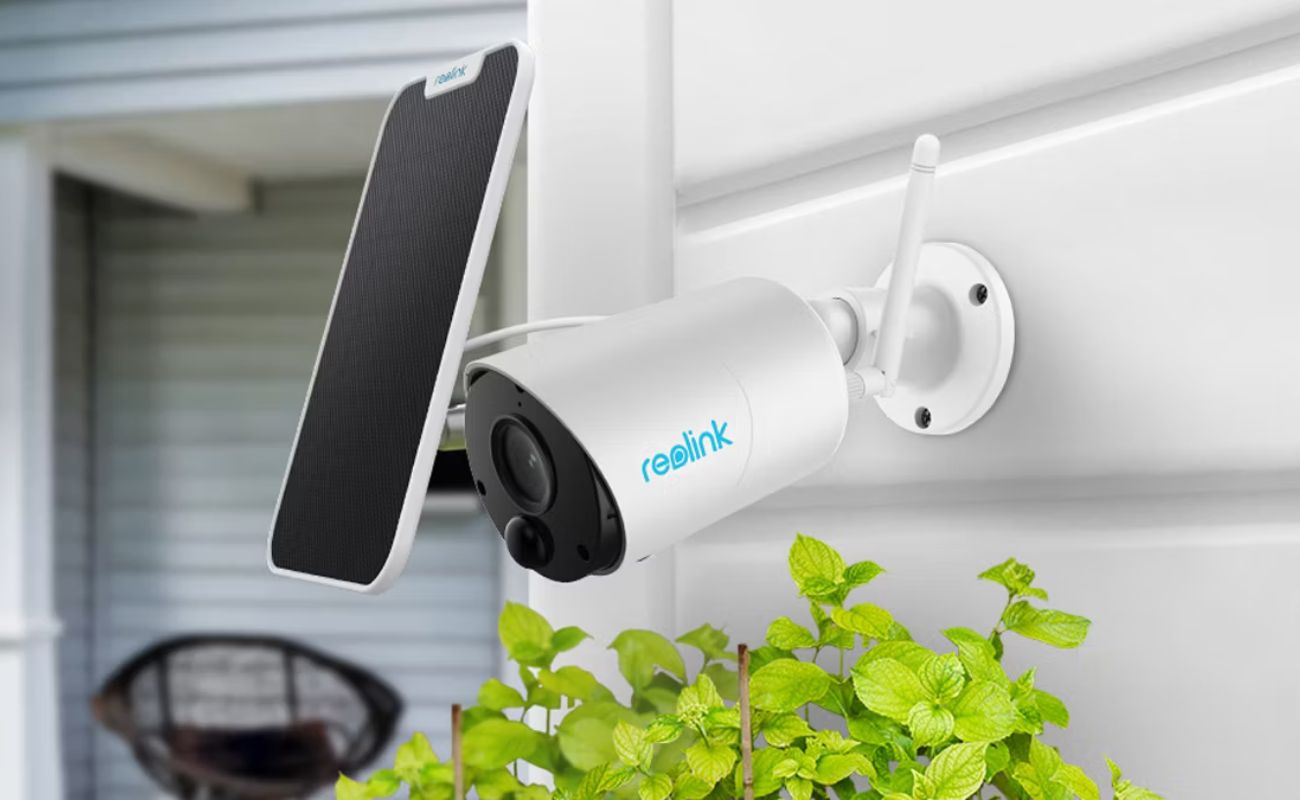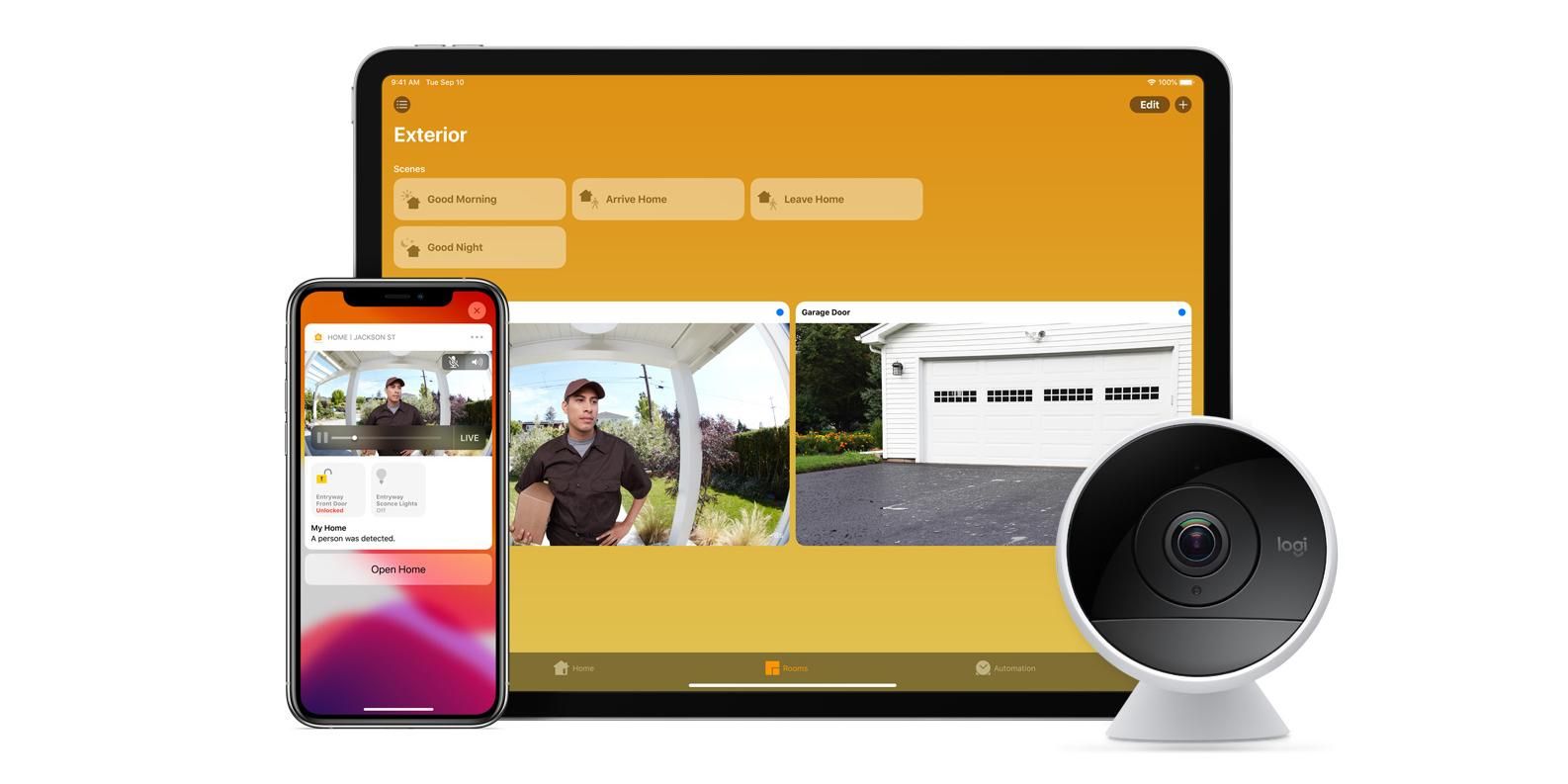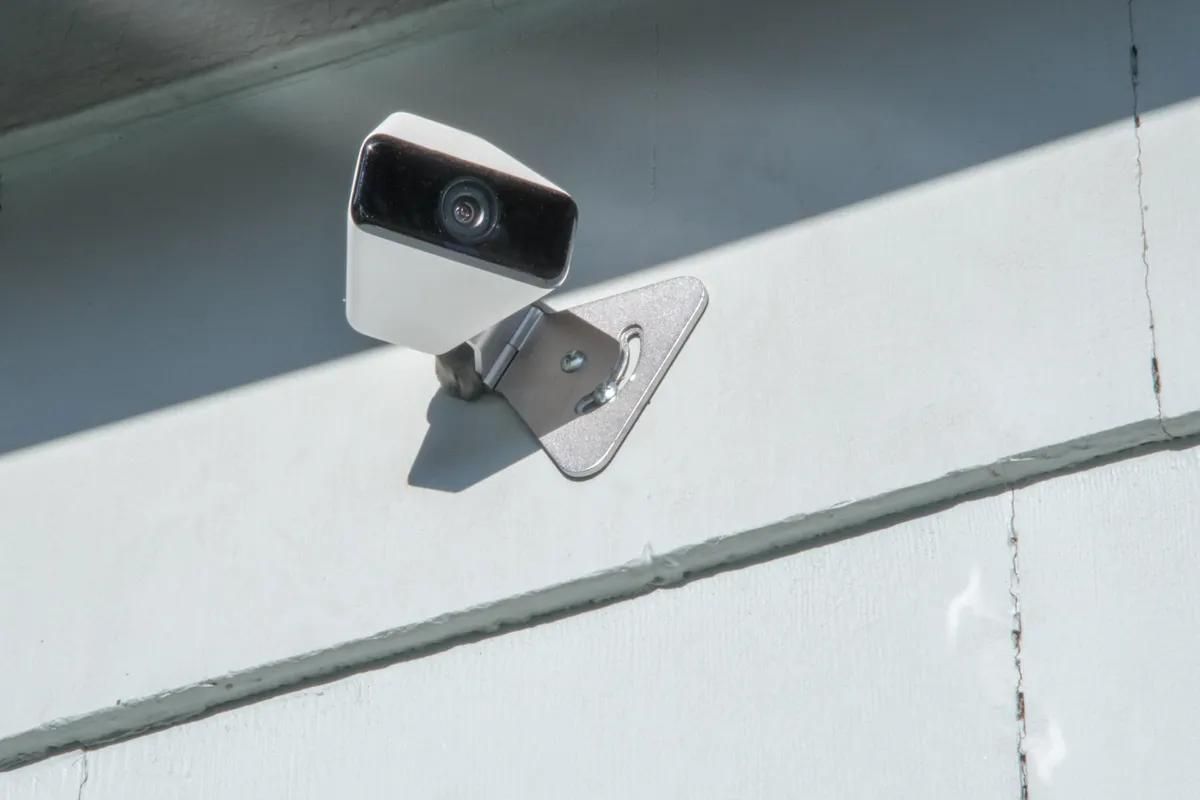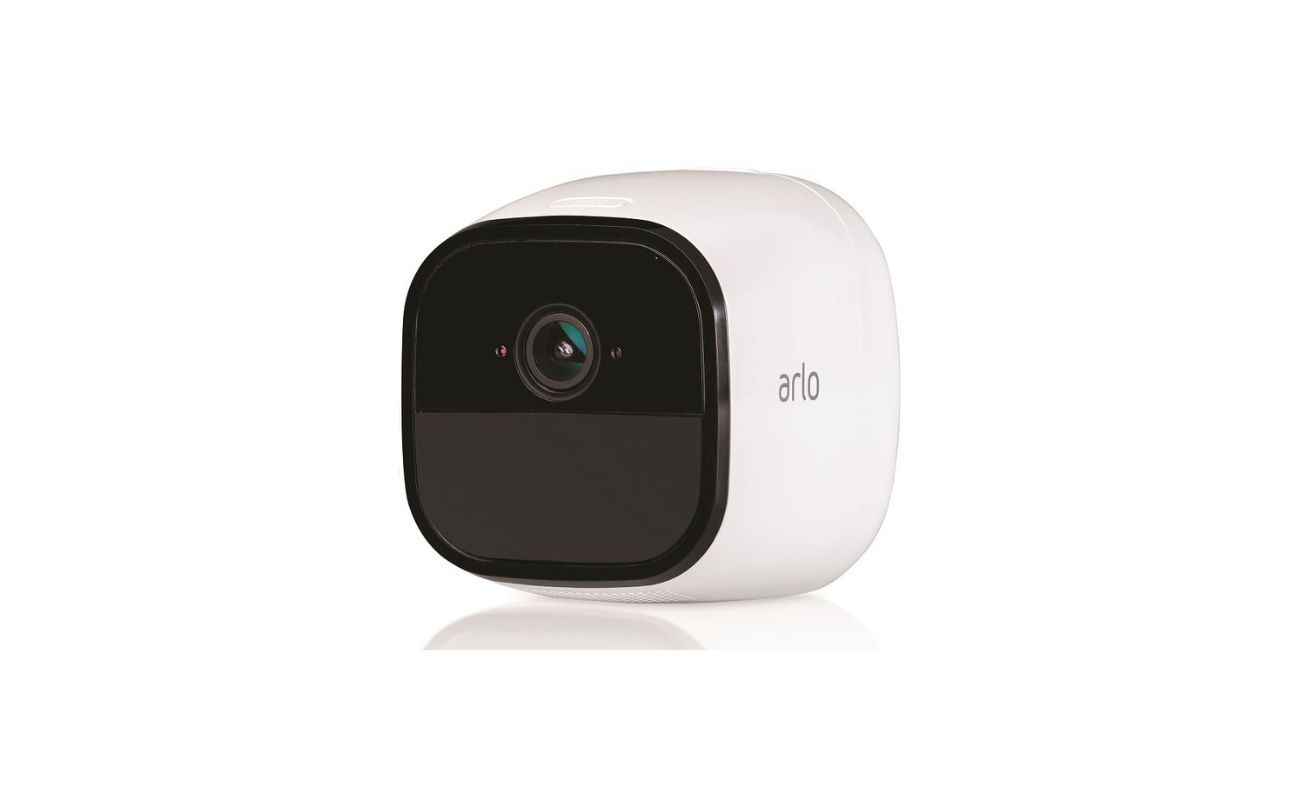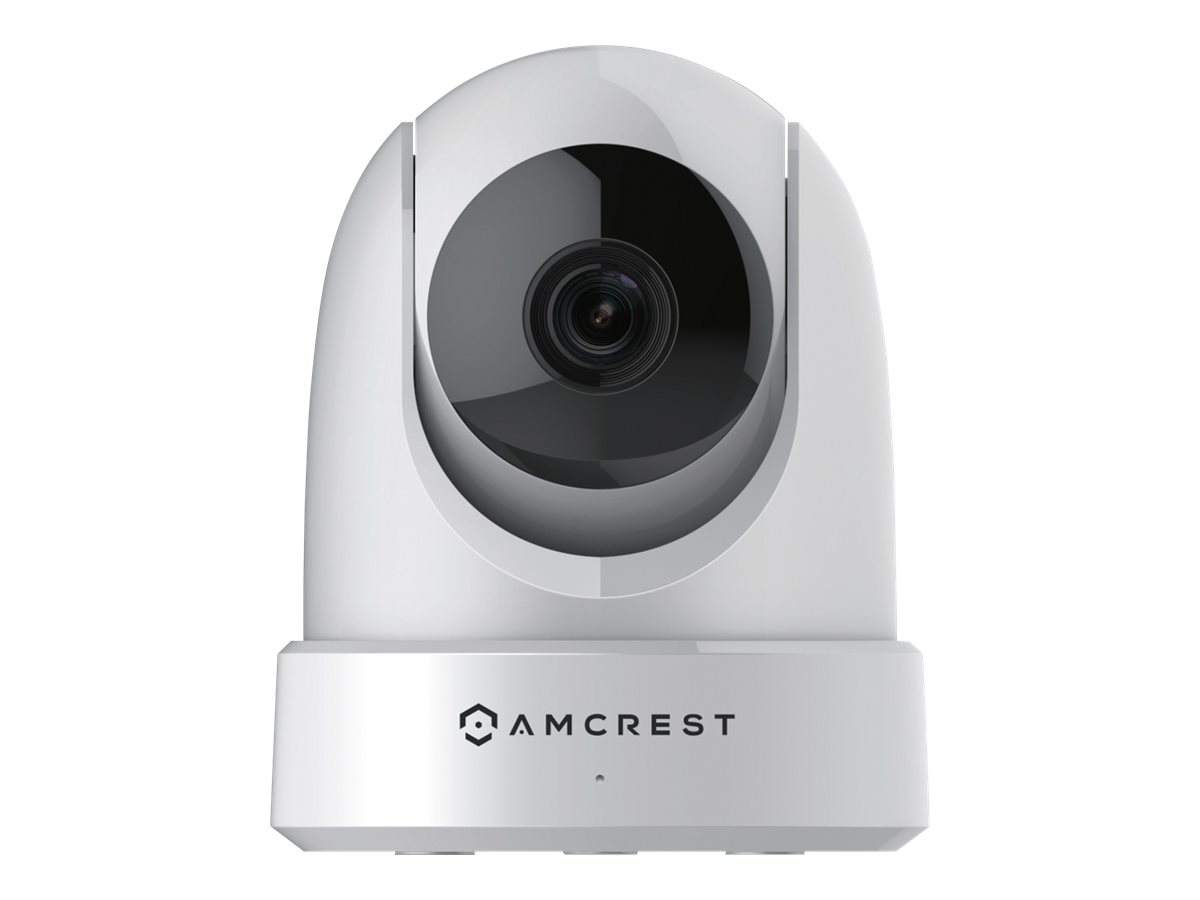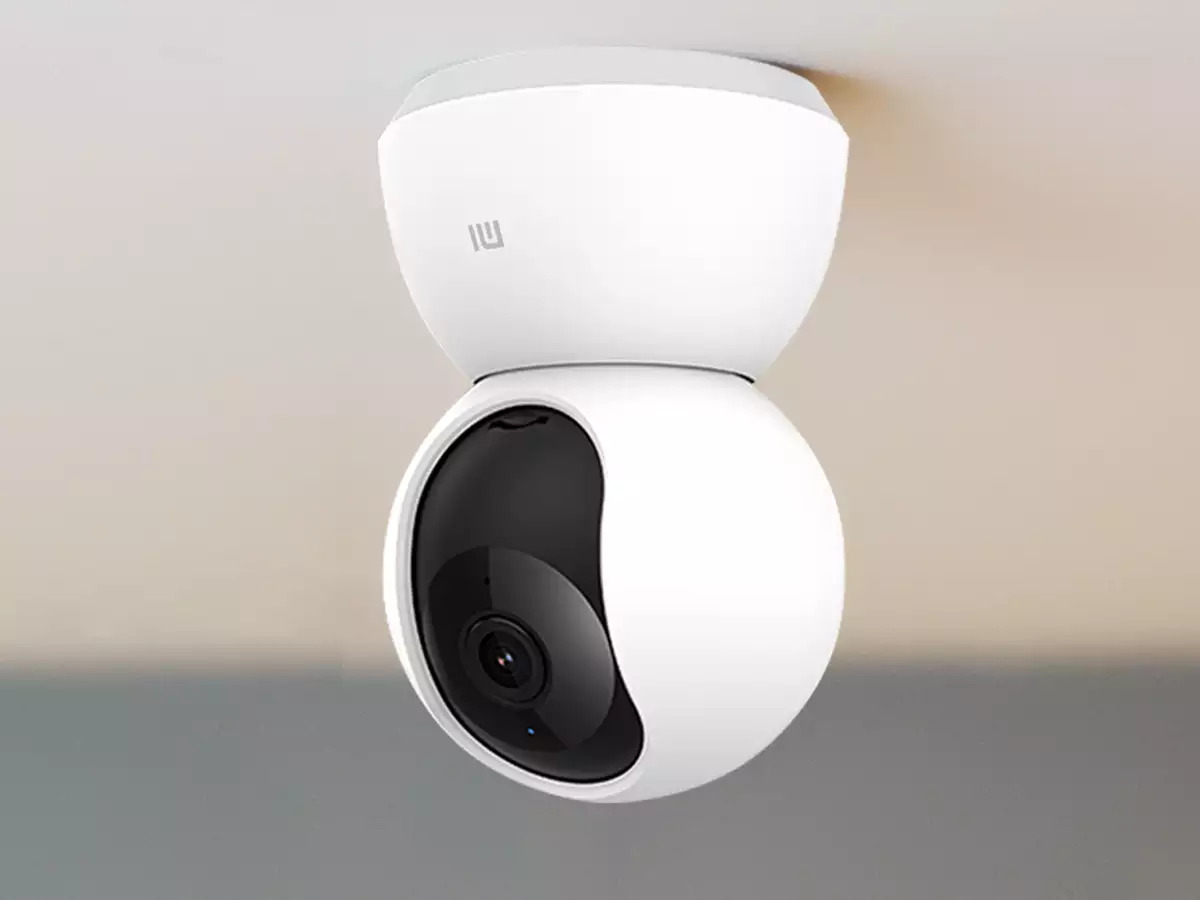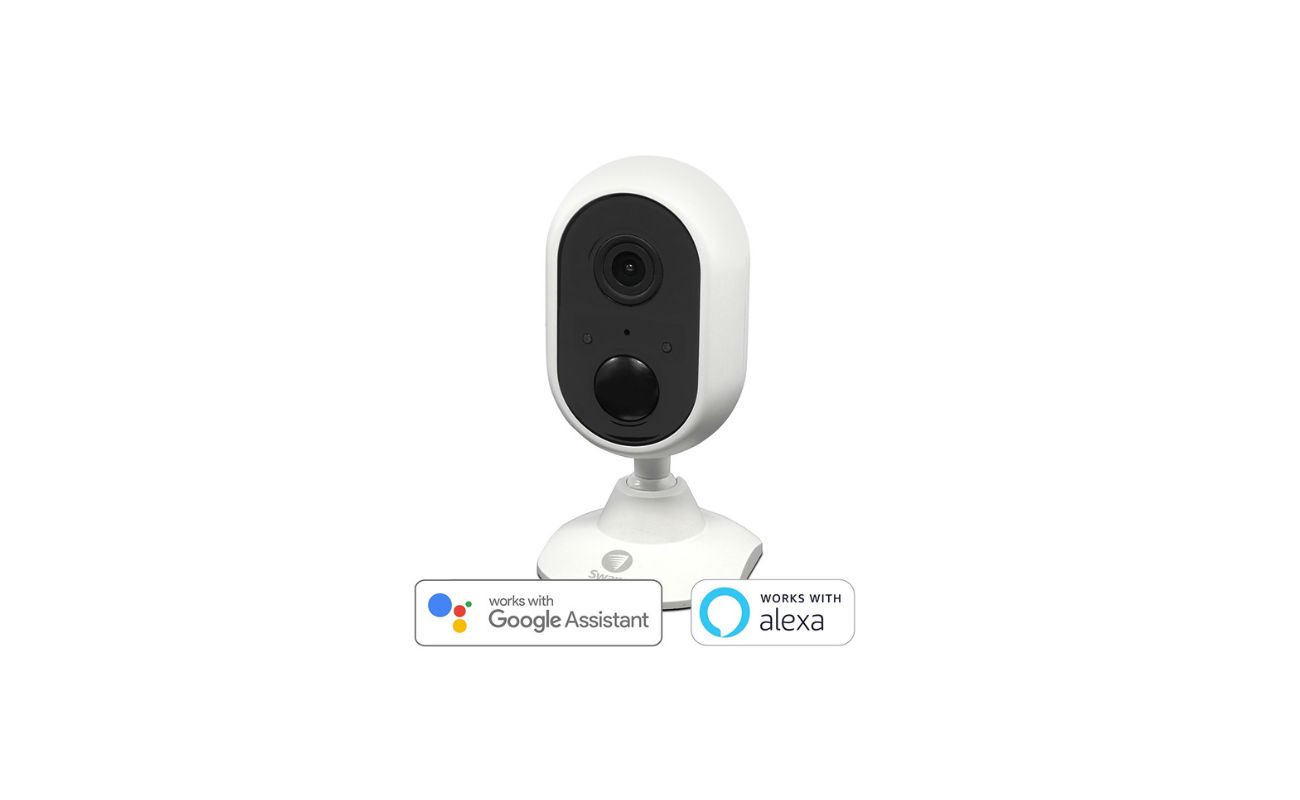Home>Home Security and Surveillance>What Security Cameras Work On 5Ghz Wifi
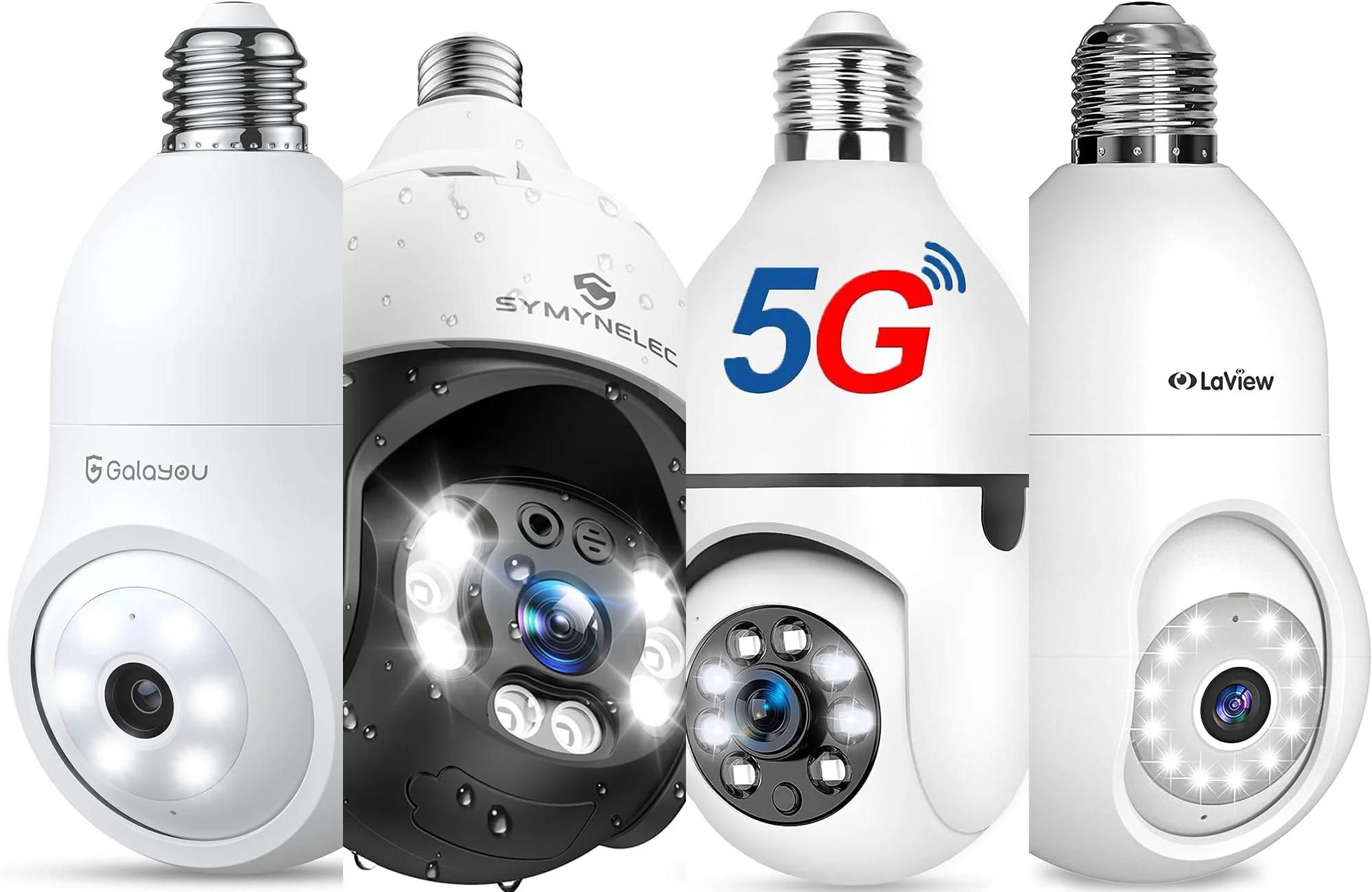

Home Security and Surveillance
What Security Cameras Work On 5Ghz Wifi
Modified: May 6, 2024
Looking for home security and surveillance cameras that work on 5Ghz wifi? Explore our range of 5Ghz wifi-compatible security cameras for enhanced connectivity and peace of mind.
(Many of the links in this article redirect to a specific reviewed product. Your purchase of these products through affiliate links helps to generate commission for Storables.com, at no extra cost. Learn more)
Introduction
Welcome to the world of home security and surveillance, where peace of mind meets advanced technology. With the rise in crime rates, safeguarding our homes and loved ones has become a top priority. Thankfully, modern advancements in technology have made it easier than ever to secure our homes with the help of security cameras.
In recent years, one of the significant technological advancements in wireless communication has been the availability of 5GHz Wi-Fi networks. With faster speeds and reduced interference, 5GHz Wi-Fi offers a reliable and seamless internet connection for our devices. This technology has revolutionized the world of home security cameras, enabling them to operate more efficiently on our Wi-Fi networks.
In this article, we will explore the world of 5GHz Wi-Fi security cameras, understanding their compatibility with 5GHz networks, their benefits, and considerations when choosing the right camera for your home.
So, let’s dive in and unravel the mysteries of 5GHz Wi-Fi security cameras!
Key Takeaways:
- Upgrade your home security with 5GHz Wi-Fi cameras for faster speeds, reduced interference, and improved performance. Enjoy seamless connectivity and enhanced surveillance capabilities.
- When choosing a 5GHz Wi-Fi security camera, consider compatibility, resolution, night vision, and smart features. Follow setup and troubleshooting steps for a hassle-free experience.
Read more: What Security Camera Works With 5GHz Wi-Fi
Understanding 5GHz Wi-Fi
Before we delve into the world of 5GHz Wi-Fi security cameras, it’s important to have a clear understanding of what 5GHz Wi-Fi is and how it differs from the more commonly used 2.4GHz Wi-Fi.
Wi-Fi operates using radio frequencies to transmit data wirelessly between devices. The 2.4GHz and 5GHz frequencies are the two main bands utilized for Wi-Fi networks. The 2.4GHz band has been the industry standard for many years, offering good range but limited bandwidth and more susceptibility to interference.
On the other hand, the 5GHz band delivers faster speeds and has a larger capacity for data transmission. It offers less interference from other devices, such as cordless phones and microwave ovens, that typically operate on the 2.4GHz band. However, it has a shorter range compared to the 2.4GHz band.
While the 5GHz band offers advantages in terms of speed and reduced interference, it is important to note that not all devices and networks support it. Older devices and routers may only support the 2.4GHz band, and some devices may only support one of the two bands.
It is essential to ensure that your router and devices are compatible with the 5GHz band before considering 5GHz Wi-Fi security cameras. Most modern routers, smartphones, and laptops are 5GHz compatible, giving you the flexibility to take advantage of the benefits it offers.
Compatibility of Security Cameras with 5GHz Wi-Fi
Now that we understand what 5GHz Wi-Fi is, let’s explore the compatibility of security cameras with this wireless technology. Not all security cameras are designed to work on the 5GHz frequency band, so it is important to choose a camera that supports this feature if you want to take full advantage of the benefits it offers.
When shopping for a security camera, you will often come across terms like “dual-band” or “2.4GHz/5GHz compatible.” These cameras are designed to work on both 2.4GHz and 5GHz Wi-Fi networks, giving you the flexibility to choose the frequency band that suits your needs best.
However, it’s important to note that not all security cameras support 5GHz Wi-Fi. Some may only operate on the 2.4GHz band, limiting their speed and potentially encountering more interference from other devices in your home. Therefore, if you have a dual-band router and want to take full advantage of the 5GHz band, it is recommended to select a security camera explicitly designed to work on this frequency.
Fortunately, there are many security camera options available that are compatible with 5GHz Wi-Fi networks. These cameras utilize advanced wireless technology to ensure a stable and secure connection, providing you with high-quality video and audio feeds without any lag or interruptions.
Before purchasing a 5GHz Wi-Fi security camera, it is essential to check the specifications provided by the manufacturer. Look for terms like “dual-band,” “5GHz compatible,” or specific mention of 5GHz Wi-Fi support. This will ensure that your camera can connect to your 5GHz Wi-Fi network seamlessly and provide you with the best performance.
Benefits of Using 5GHz Wi-Fi for Security Cameras
Using a 5GHz Wi-Fi network for your security cameras offers several benefits that can enhance your surveillance system’s overall performance and user experience. Let’s explore some of the advantages of using 5GHz Wi-Fi for security cameras:
- Higher bandwidth: The 5GHz frequency band provides a larger capacity for data transmission. This means that your security cameras can transmit higher-quality video and audio streams without compromising on clarity or resolution. You’ll be able to capture more details and enjoy a more immersive viewing experience.
- Faster speeds: 5GHz Wi-Fi offers faster data transfer speeds compared to the 2.4GHz band. This is especially beneficial when streaming live video feeds, as you’ll experience less latency and have real-time access to footage. It ensures that you can monitor your home without delays, making it easier to detect and respond to any potential threats or incidents.
- Reduced interference: The 5GHz band is less crowded compared to the 2.4GHz band, which is susceptible to interference from other devices like cordless phones and microwaves. By utilizing the 5GHz frequency, you can minimize the chances of signal interference and maintain a stable connection. This is particularly important for security cameras that require a reliable and consistent connection for continuous monitoring.
- Flexibility and scalability: Having a dual-band router that supports both 2.4GHz and 5GHz allows you to allocate different devices to each frequency band. By connecting your security cameras to the 5GHz network, you can ensure that they have dedicated bandwidth for smooth operation. This flexibility also enables you to expand your security system by adding more cameras without sacrificing network performance.
- Improved range and coverage: While the 5GHz band has a shorter range compared to the 2.4GHz band, it is still capable of providing sufficient coverage for most homes. With its higher frequencies, 5GHz Wi-Fi can penetrate walls and obstacles more effectively, ensuring that your security cameras can stay connected even in larger homes or areas with thicker walls.
Overall, utilizing 5GHz Wi-Fi for your security cameras can significantly enhance the performance, reliability, and flexibility of your home surveillance system. It allows for faster data transfer, reduced interference, and improved video quality, ensuring that you can monitor your home with ease and confidence.
Factors to Consider Before Choosing a 5GHz Wi-Fi Security Camera
When selecting a 5GHz Wi-Fi security camera for your home, it is important to consider several factors to ensure that you make the right choice. Here are some key factors to keep in mind:
- Compatibility: Ensure that the security camera you choose is specifically designed to work on the 5GHz frequency band. Look for cameras that are labeled as “dual-band” or “5GHz compatible” to ensure seamless integration with your 5GHz Wi-Fi network.
- Resolution and Video Quality: Consider the resolution and video quality offered by the camera. High-definition cameras offer more clarity and detail, allowing you to capture clear and crisp footage. Look for cameras with resolutions of 1080p or higher for the best video quality.
- Field of View: The field of view (FOV) determines the area that the camera can cover. Wide-angle lenses offer a broader field of view, allowing you to monitor larger areas with a single camera. Consider your surveillance needs and choose a camera with an appropriate FOV to cover the desired areas.
- Night Vision Capabilities: If you want to monitor your property at night or in low-light conditions, check the camera’s night vision capabilities. Look for cameras with infrared (IR) LEDs that can illuminate the area and capture clear footage even in complete darkness.
- Storage Options: Consider how the camera stores its footage. Some cameras offer local storage, such as an SD card slot, while others rely on cloud storage. Both options have their advantages and limitations, so choose the one that aligns with your preferences and needs.
- Smart Features: Many modern security cameras come with smart features like motion detection, two-way audio, and mobile app integration. These features can enhance the functionality and convenience of your security system, allowing you to receive alerts, communicate with visitors, and access footage remotely.
- Installation and Setup: Consider the ease of installation and setup. Look for cameras that offer a straightforward installation process and provide user-friendly setup instructions. Some cameras may require professional installation, while others can be easily mounted and connected by homeowners.
- Budget: Set a budget for your security camera purchase and consider cameras that fall within your price range. Remember to weigh the features, quality, and reliability against the cost to find the best value for your investment.
By considering these factors, you can make an informed decision when choosing a 5GHz Wi-Fi security camera that aligns with your specific needs and preferences. Take the time to research different models, read customer reviews, and compare specifications to ensure that you select the best camera for your home surveillance needs.
When looking for security cameras that work on 5GHz WiFi, make sure to check the product specifications or contact the manufacturer directly to confirm compatibility with 5GHz networks. Not all security cameras support 5GHz WiFi, so it’s important to verify before making a purchase.
Read also: 14 Best 5Ghz Smart Plug For 2024
Popular Security Cameras that Work on 5GHz Wi-Fi
As the demand for 5GHz Wi-Fi security cameras continues to rise, many reputable brands have introduced cameras that are specifically designed to work on this frequency. Here are some popular security cameras that are compatible with 5GHz Wi-Fi:
- Arlo Pro 3: The Arlo Pro 3 is a versatile wireless security camera that offers 2K video resolution and a wide 160-degree field of view. It is equipped with color night vision, two-way audio, and advanced motion detection. The camera is compatible with both 2.4GHz and 5GHz Wi-Fi networks, ensuring reliable and seamless connectivity.
- Nest Cam IQ Outdoor: The Nest Cam IQ Outdoor is a high-quality outdoor security camera that offers 4K video resolution and advanced facial recognition technology. It features a 130-degree field of view, night vision, and two-way audio capabilities. The camera supports 2.4GHz and 5GHz Wi-Fi networks, providing a stable and secure connection.
- Ring Stick Up Cam Elite: The Ring Stick Up Cam Elite is a versatile indoor/outdoor security camera that offers 1080p video resolution and customizable motion detection. It features night vision and two-way audio. The camera supports both 2.4GHz and 5GHz Wi-Fi networks and can be easily integrated with the Ring ecosystem.
- EufyCam 2 Pro: The EufyCam 2 Pro is a wireless security camera system that offers 2K video resolution and a 140-degree field of view. It features color night vision, two-way audio, and advanced motion detection. The cameras are compatible with both 2.4GHz and 5GHz Wi-Fi networks and offer long battery life.
- Reolink Argus 3 Pro: The Reolink Argus 3 Pro is a wire-free security camera that offers 2K video resolution and a 130-degree field of view. It features color night vision, two-way audio, and advanced motion detection. The camera supports 2.4GHz and 5GHz Wi-Fi networks, providing a reliable and secure connection.
These are just a few examples of popular security cameras that work on 5GHz Wi-Fi networks. When choosing a camera, consider factors such as video quality, field of view, night vision capabilities, and additional features that align with your surveillance needs and preferences. Don’t forget to check the specifications and compatibility details provided by the manufacturer to ensure seamless integration with your 5GHz Wi-Fi network.
Setup and Configuration for 5GHz Wi-Fi Security Cameras
Setting up and configuring a 5GHz Wi-Fi security camera requires a few steps to ensure a seamless connection and optimal performance. Here’s a general guide to help you through the setup process:
- Choose a central location: Select an ideal location for your security camera that provides a clear view of the areas you want to monitor. Make sure it is within the range of your 5GHz Wi-Fi network.
- Power up the camera: Connect the camera to a power source using the provided power adapter or any compatible power supply. Make sure the camera receives power and is ready for setup.
- Connect to the camera: Most security cameras require you to download a dedicated mobile app. Install the app on your smartphone or tablet and follow the instructions provided to create an account and connect the camera to your Wi-Fi network.
- Select a 5GHz network: During the setup process, you will be prompted to choose your Wi-Fi network. Select your 5GHz Wi-Fi network from the list of available networks. Enter the network password if prompted.
- Position and test the camera: Once the camera is connected to your 5GHz Wi-Fi network, position it in the desired location and test the functionality. Ensure that it captures clear video footage and has a stable connection.
- Configure camera settings: Access the camera settings through the mobile app to personalize the camera’s features. Adjust settings such as motion detection sensitivity, notifications, and recording options according to your preferences.
- Set up additional features: If your camera offers advanced features like two-way audio, facial recognition, or cloud storage, configure these features as per the manufacturer’s instructions. Remember to check compatibility and subscription requirements if applicable.
- Monitor and manage the camera: Once the setup and configuration are complete, you can use the mobile app to monitor and manage your camera remotely. Access live video feeds, receive alerts, review recorded footage, and make any necessary adjustments to the camera settings.
It’s important to note that setup and configuration steps may vary slightly between different security camera brands and models. Always refer to the manufacturer’s instructions and documentation provided with your camera for detailed setup instructions specific to your device.
By following these general steps, you can easily set up and configure your 5GHz Wi-Fi security camera, ensuring a strong and reliable connection to your network. Enjoy the convenience and peace of mind that comes with monitoring your home or property with advanced surveillance technology!
Troubleshooting Issues with 5GHz Wi-Fi Security Cameras
While 5GHz Wi-Fi security cameras offer numerous benefits, you may occasionally encounter issues that can affect their performance. Here are some common troubleshooting steps to help you resolve issues with your 5GHz Wi-Fi security cameras:
- Check Wi-Fi signal strength: Ensure that your security camera is within the range of your 5GHz Wi-Fi network. Weak Wi-Fi signal can cause connection issues and poor performance. Consider moving the camera closer to the router or using a Wi-Fi range extender for improved signal strength.
- Verify network password: Double-check the password you entered during the camera setup process. Ensure that it is correct and does not contain any typos or errors. Incorrect passwords can prevent the camera from connecting to the Wi-Fi network.
- Restart camera and router: Power off both the security camera and your router, then power them back on. This simple step can often resolve connectivity issues by refreshing the network connection.
- Update camera firmware: Check for any available firmware updates for your security camera. Manufacturers regularly release updates to address bugs, improve performance, and enhance compatibility with Wi-Fi networks. Follow the manufacturer’s instructions to install any available updates.
- Reduce interference: Other electronic devices or appliances operating on the same frequency band can cause interference. Ensure that there are no devices such as cordless phones or microwave ovens nearby that may interfere with the 5GHz Wi-Fi signal. Relocating these devices or your security camera can help reduce interference.
- Check network settings: Verify that your router’s settings are properly configured for 5GHz Wi-Fi. Check that the 5GHz band is enabled and broadcasting. You may need to consult your router’s user manual or contact your internet service provider for assistance with router settings.
- Reset camera: If all else fails, you may need to reset your security camera to its factory settings. Check the manufacturer’s instructions on how to perform a reset, as the process may vary. Resetting the camera will erase all previous settings, so be prepared to go through the setup process again.
- Contact customer support: If you have tried the troubleshooting steps above and are still experiencing issues with your 5GHz Wi-Fi security camera, reach out to the manufacturer’s customer support. They can provide specialized assistance and further troubleshooting steps specific to your camera model.
By following these troubleshooting steps, you can resolve common issues that may arise with your 5GHz Wi-Fi security cameras. Remember to consult the manufacturer’s documentation or customer support for more specific guidance based on your camera’s model and features. With a little patience and persistence, you can ensure smooth and uninterrupted surveillance of your home or property.
Conclusion
The use of 5GHz Wi-Fi for security cameras has revolutionized the home surveillance industry, allowing for faster speeds, reduced interference, and improved performance. With an increasing number of compatible security cameras available on the market, it has become easier than ever to upgrade your home security system with 5GHz Wi-Fi capabilities.
In this article, we delved into understanding 5GHz Wi-Fi and its benefits for security cameras. We explored the compatibility of security cameras with 5GHz Wi-Fi networks, highlighting the importance of choosing a camera specifically designed to work on this frequency.
We discussed the numerous benefits of using 5GHz Wi-Fi for security cameras, such as higher bandwidth, faster speeds, reduced interference, flexibility, and improved range. These advantages enhance the overall performance and user experience of your home surveillance system, ensuring that you can monitor your property with ease and peace of mind.
Before choosing a 5GHz Wi-Fi security camera, we emphasized the need to consider factors such as compatibility, resolution, field of view, night vision capabilities, storage options, smart features, installation, and budget. These factors help determine the perfect camera for your specific needs and preferences.
In our exploration of popular security cameras that work on 5GHz Wi-Fi networks, we highlighted models such as the Arlo Pro 3, Nest Cam IQ Outdoor, Ring Stick Up Cam Elite, EufyCam 2 Pro, and Reolink Argus 3 Pro. These cameras are known for their quality, functionality, and reliability, offering seamless integration with 5GHz Wi-Fi networks.
Additionally, we provided a general setup and configuration guide for 5GHz Wi-Fi security cameras, along with troubleshooting tips to help resolve common issues. Following these steps ensures a smooth and hassle-free experience in setting up and maintaining your security camera system.
In conclusion, 5GHz Wi-Fi security cameras bring convenience, speed, and improved performance to your home surveillance. By selecting the right camera, considering the necessary factors, and following proper setup and troubleshooting steps, you can enjoy the benefits of seamless connectivity and enhanced security. Upgrade your home security system with 5GHz Wi-Fi cameras and experience the peace of mind that comes with advanced technology.
Ready to take your home's intelligence up a notch? Our upcoming piece on smart home technology is a must-read. Discover how automation integrates seamlessly into daily life, offering both convenience and security. From voice-activated assistants to automated lighting systems, learn which gadgets are set to redefine modern living in 2024. Don’t miss out on transforming your space into a smart home.
Frequently Asked Questions about What Security Cameras Work On 5Ghz Wifi
Was this page helpful?
At Storables.com, we guarantee accurate and reliable information. Our content, validated by Expert Board Contributors, is crafted following stringent Editorial Policies. We're committed to providing you with well-researched, expert-backed insights for all your informational needs.
